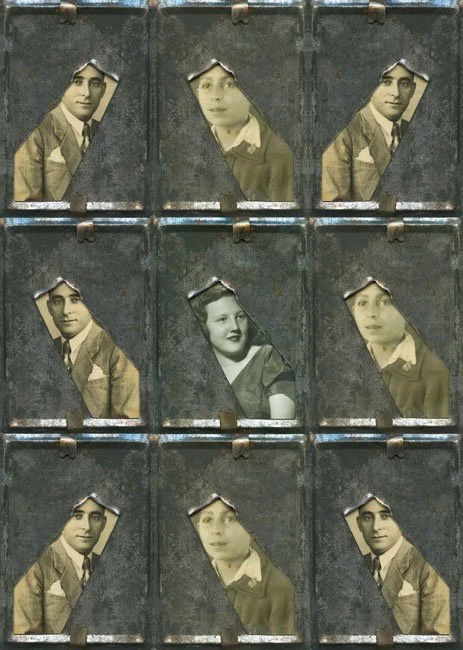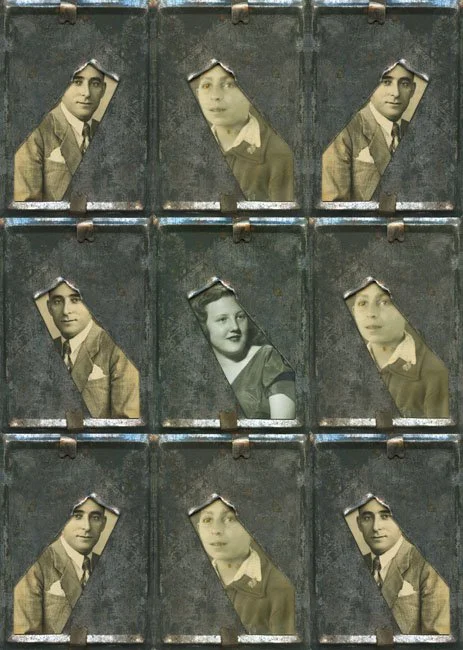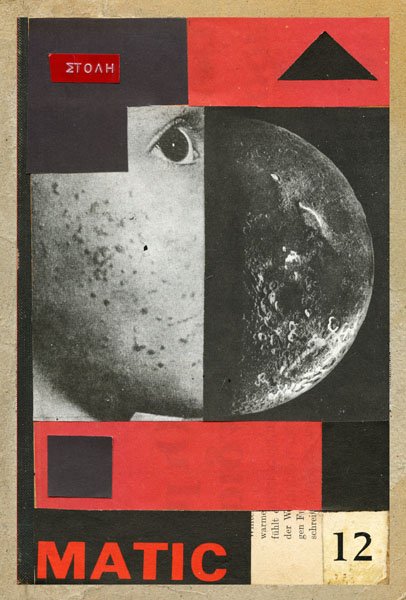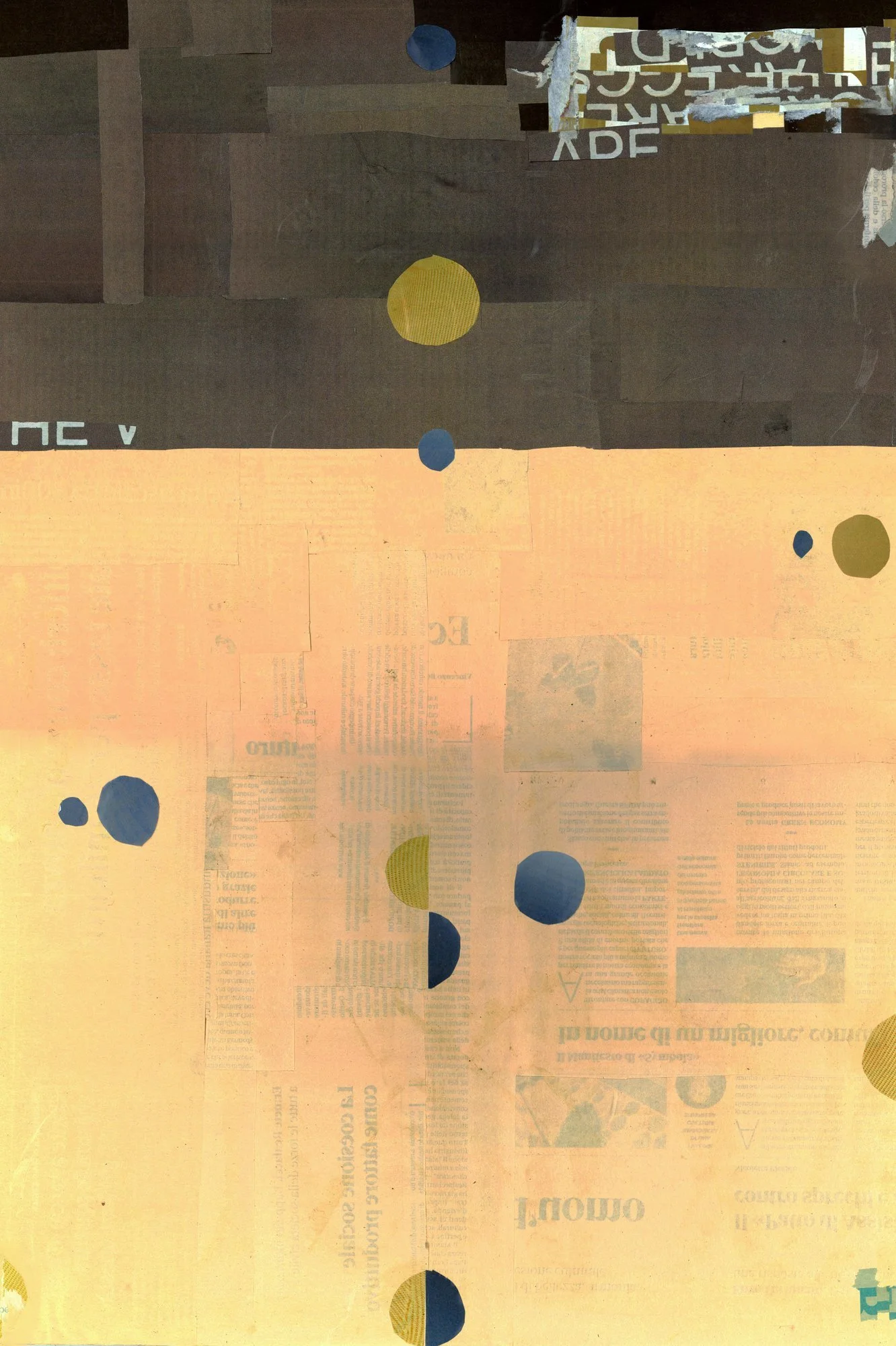10 Questions with Kon Markogiannis
Kon Markogiannis is an experimental photographer-mixed media artist with an interest in themes such as memory, mortality, spirituality, the human condition, the exploration of the human psyche, and the evolution of consciousness.
Kon Markogiannis - Portrait
He embraces the indexical qualities of photography and its immediate impact on the viewer, but what he is mainly concerned with are the ways “reality” can be transformed. By manipulating the photographic medium and/or combining it with other media, he is able to develop a personal and simultaneously transpersonal language that negotiates between subjective art and the photographic document. He sees his work as a kind of weapon against the ephemeral or, as Vilém Flusser would say (Towards a Philosophy of Photography), a “hunt for new states of things”.
Kon has been exhibiting his art for many years (mainly in Greece and the UK), and his work has been featured in various books, journals, and magazines. His university studies include a BA in Visual Communication Design, an MA in Photography, and a Doctorate in Fine Art. He currently lives and works in Thessaloniki, Greece.
Mind Patterns, digital photograms, 65x71,25 cm, 2016 © Kon Markogiannis
INTERVIEW
Let's talk about yourself first. Why are you an artist, and how did you become one?
Art, for me, is an essential part of my daily routine. I am always involved in art-related activities such as reading and writing, blogging, searching for new materials, making sketches and keeping notes, taking pictures, creating collages, etc. I simply cannot live without art!
I always knew I was a creative person, but the first time I truly felt like an artist was around the age of 30 when I embarked on a Doctoral degree in fine art.
During my Doctoral endeavour, I participated in a broad dialogue with artists, critics, and academics, thus allowing myself to let go of any constraints-insecurities and embrace previously unknown creative possibilities.
Viewing and participating in exhibitions was a crucial aspect of my Doctoral experience: by interacting with other artists and art-viewers, I gained an all-around view of contemporary tendencies and concerns, and was inspired to develop my own practice.
You work primarily with photography and collage. How would you define yourself as an artist?
My art is not only an aesthetic practice but also an attempt to emphasize the human factor in a deadening commodified society. My aim is to communicate with the viewer on an esoteric level by inducing a meditative and contemplative attitude. I could therefore define myself as an existential-spiritual artist.
Divine Decay 39, mixed media photo collage, 59,94x42,69 cm, 2016 © Kon Markogiannis
You have a pretty unique approach and style. Why did you choose photography specifically? And how did you develop your style?
I chose photography because it is a "straightforward" medium with a "direct" effect on the viewer. Photography can also be manipulated and combined with other media, thus allowing me to explore topics of interest in a very visceral manner.
I developed my unique style after years of experimenting with several techniques such as black and white photography, alternative processes, digital photography and digital art, photomontage, collage, etc.
What messages are you trying to communicate with your art? And what do you think differentiates your approach from others?
My art suggests the integration of essential ideas from several fields (such as philosophy, religion, photography, and art history) with an emphasis on issues such as mortality and spirituality, which are often neglected but also essential for the well-being and inner balance of the individual in our hyper-technological and increasingly materialistic society.
I think what differentiates my approach from most artists is the fact that my artistic practice is not an end in itself, but rather a vehicle of experimentation and transformation and a way for me to reflect on the social and spiritual condition of our time.
I believe that the global language of art can help pave the path towards self-discovery, respect towards fellow people, and the evolution of humanity as a whole.
Grafik 9, collage, 24,91x16,83 cm, 2019 © Kon Markogiannis
Hollywood 01, collage, 25,32x16,75 cm, 2020 © Kon Markogiannis
Your collages have a retro style and look. How did you develop this style, and what does it represent for you?
I have always had an interest in vintage art-artifacts and have a large collection of old books and journals, religious statues, and other objects in my studio.
My working methodology involves visiting antique shops, second-hand stores, and flea markets, where I search for old photographs, magazines, and various bits and pieces.
The retro style and look of my work allude to fragility, mortality, and the transient nature of earthly existence. Although such subjects are generally perceived as rather morbid and depressing, reflection on their significance could prove to be an illuminating way of reflecting on life.
What are the sources of inspiration for your work?
Ideas usually emerge after reading (usually poetry, philosophy, and religious books), listening to music (post-rock, ambient, neoclassical), or researching the work of other artists (mainly mixed media and cross-disciplinary art). I am also motivated by mundane situations such as boredom and depression.
How has your art evolved over the years? And what inspired you to experiment?
What inspired and still inspires me to experiment is a constant inner urge to progress and transform both as an artist and a person.
During my early years as an artist, I usually worked in the darkroom using traditional photography and alternative processes. I was mainly searching for ways to incorporate layered images and distressed textures into my artwork. I later tried digital manipulation but sitting in front of a computer felt somewhat heartless and artificial. This dissatisfaction led me to experiment once again with manual-analogue processes such as photo collage.
Provoke 11, solarized photograph, 57x42,85 cm, 2018
© Kon Markogiannis
What about NFTs and digital art? Are you incorporating this medium in your production as well?
As mentioned in the previous question, I have experimented with digital techniques in the past but currently prefer working with traditional techniques such as collage. Of course, this doesn't mean I won't consider utilizing digital methods -if necessary- in the future. I never follow trends and fashions but intuitively find the appropriate tools which help me express my "inner vision".
Let's talk about the future. Do you have any exhibition or collaboration you would like to share with our readers?
I am currently collaborating with Vakxikon publications (based in Athens, Greece) in order to produce a book that combines poetry and visual art. The book will be published in the first months of 2023.
I am also working on a series of large collages using pieces of street posters which is something I haven't tried before. These collages reflect and comment upon various issues such as inequality, human rights, greed, power abuse, war, capitalism, and activism. I will try to find a major venue to exhibit this work (perhaps a town hall, museum, or something similar) as I feel it has some crucial messages to convey.
And lastly, where do you see yourself and your art five years from now?
Hopefully, my art will gain more respect and recognition within the following years.
My plans include exhibiting my work in my home country (Greece) and abroad and promoting issues that I consider to be important. I feel that the next step forward for me is to get more involved within the community and actively engage with concepts such as social change-social growth.





















